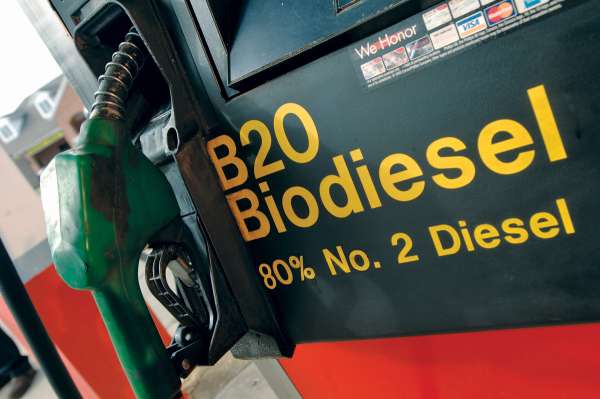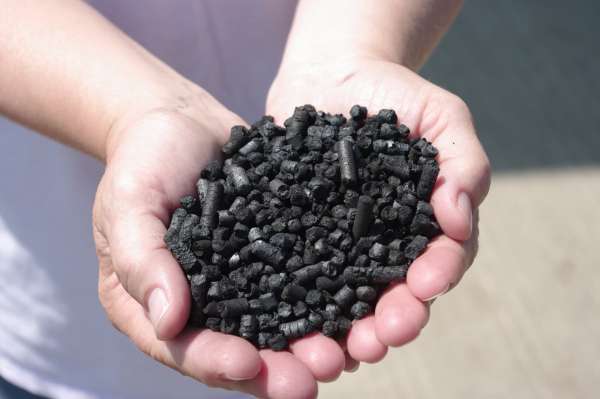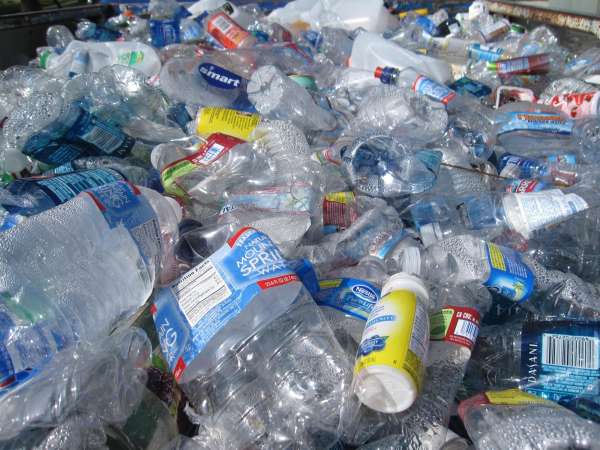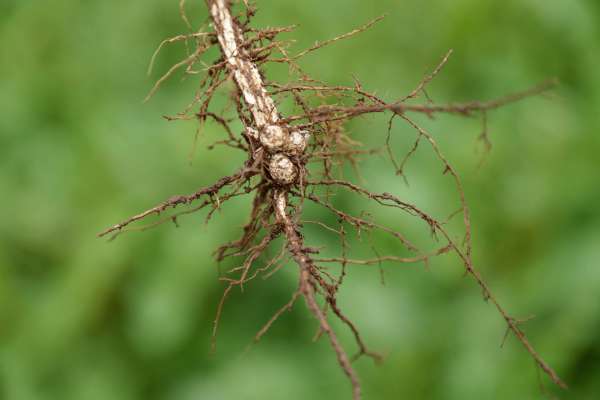Making and testing biodiesel from soybeans
Lessons
# Importance of biodiesel
Students watch a video to gain awareness of the importance of biofuel production.
Files
# Making biodiesel
Review biodiesel as a renewable fuel. Make biodiesel in the classroom. Investigate which oil makes the best biodiesel.
Files
# Test biodiesel
Determine the quality of biodiesel by measuring its chemical properties and performance.
Files
Teacher background
Bioenergy is a kind of renewable energy made available by converting one form of chemical energy, from a biological source, to a more usable energy. Typical biomass includes agricultural wastes, municipal sewage and solid waste, industrial and forestry wastes, animal manure and crop residues. The energy harvested from these resources can be converted into fuels such as biogas, biodiesel, and bioethanol. Because bioenergy comes from renewable sources, it is more sustainable than reliance on fossil fuels alone. These lessons focus on the use of soybean oil (and other crop oils) to make biodiesel. Students may test various oils to determine efficiency of conversion and costs, then compare.
Bioenergy production yields little or no chemical pollutants, so it has minimal impact on the environment. Growing more biomass for bioenergy and consuming less fossil fuel reduces greenhouse gas emissions. Moreover, bioenergy is usually more reliable than solar or wind energy since the energy is captured and stored in the bioenergy itself, while solar and wind energy must be stored within other media. In addition, bioenergy can be produced using organic waste material that would otherwise have to be discarded. Using organic waste to produce energy not only produces renewable energy, it reduces the cost of disposing the waste and reduces or eliminates the need for landfill of the waste. In Sweden, where anaerobic digestion is in full operation, there are no landfills.
The e-learning course Making bioenergy from biomass is a useful resource to accompany this lesson.
Next gen science standards
Science and engineering practices
- Asking questions (for science) and defining problems (for engineering)
- Developing and using models
- Analyzing and interpreting data
Crosscutting concepts
- Systems and system models
- Energy and matter
Disciplinary core ideas/content
- ESS3A Natural resources
- ESS3C Human impacts on Earth systems
- ETS1 Engineering Design
- ETS1B Developing possible solutions
- ETS2A Interdependence of science, engineering and technology







Share this